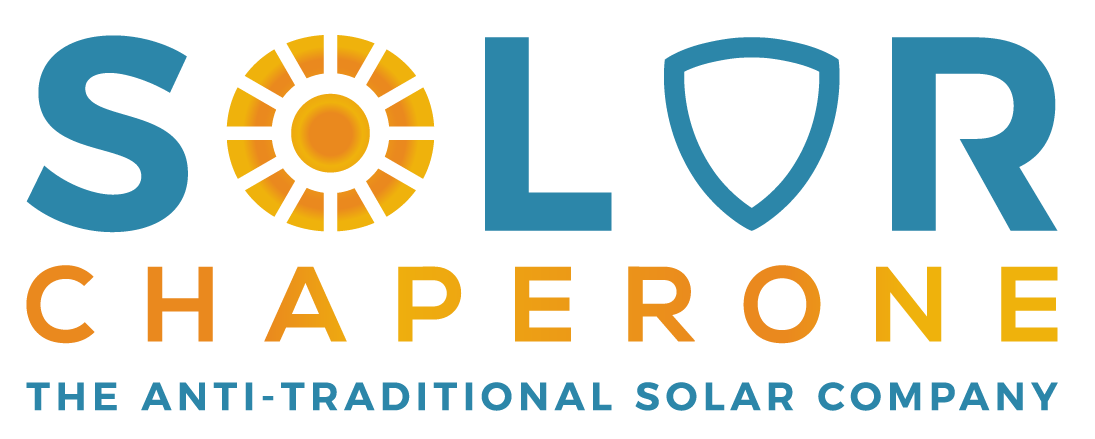CQA
Commonly Asked Questions
Common Solar Related Questions
Common Questions
Residential solar refers to the installation of solar panels on homes to harness sunlight and convert it into usable energy. This renewable energy source can power your home, reduce your electricity bills, and contribute to a cleaner environment.
Solar panels work by capturing sunlight using photovoltaic cells, which convert sunlight into direct current (DC) electricity. An inverter then converts the DC electricity into alternating current (AC) electricity, which can power your home.
The cost of solar panels can vary depending on factors like the size of your system, location, and specific requirements. Your pricing options will be clearly listed in your solar quote.
Going solar offers numerous benefits, including reduced electricity bills, potential tax incentives, increased home value, decreased carbon footprint, and energy independence.
Your potential savings depend on factors like your energy consumption, the size of your solar system, and local energy rates. On average, homeowners can save 20-30% on their electricity bills with some saving significantly more.
Yes, your home will still have electricity. If your solar system is connected to the grid, you can draw electricity from the grid when your panels aren’t producing enough energy, such as during cloudy days or at night.
Most solar panels come with warranties of 25-30 years, but they can last beyond that with proper maintenance. Over time, their efficiency might decrease slightly, but they will continue to generate electricity.
Solar panels require minimal maintenance. Periodically cleaning the panels to remove dust and debris and ensuring they are free from shading can help maintain optimal performance.
Professional installers will securely mount the panels on your roof using specialized equipment. They’ll also connect the panels to your electrical system, ensuring a safe and efficient installation.
Yes, there are often federal, state, and local incentives such as tax credits, rebates, and grants that can significantly reduce the cost of your solar installation. Currently the Federal Tax Credit is 30% of the total system price.
Yes, you can. However, going off-grid typically requires additional equipment such as batteries to store excess energy for use during the night or when the panels aren’t producing.
The installation process typically takes 1-2 days of site work. It may take longer depending on the complexity of the project and the size of the system.
Net metering is a billing arrangement where homeowners with solar panels can receive credits for excess energy their panels produce and send back to the grid. These credits can offset the cost of electricity drawn from the grid.
Yes, many solar systems can be expanded or upgraded to accommodate changing energy needs. Consult with your solar provider to ensure your system is designed for future scalability.
No. Our entire solar sales process is designed to be a contactless, non-intrusive experience. We don’t send out pesky door knockers, or slick salesmen. We provide the quote, give you the facts, and support your decision. Period.
